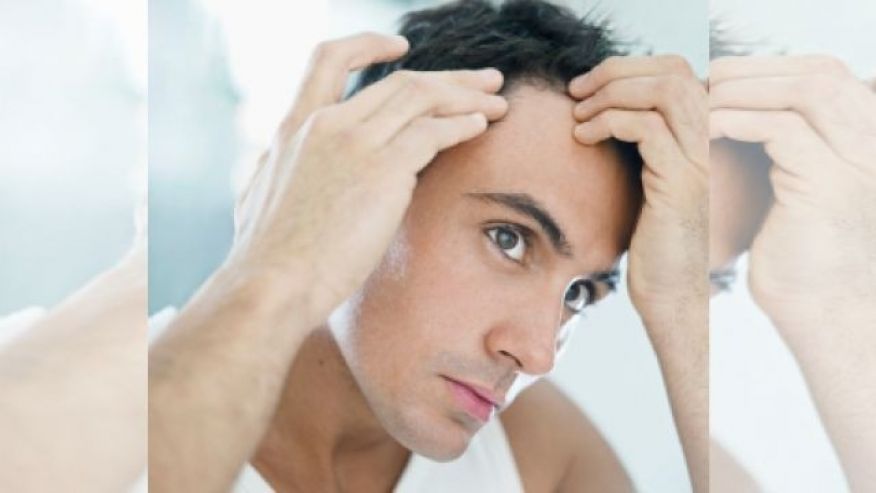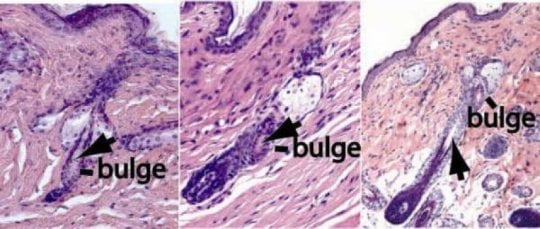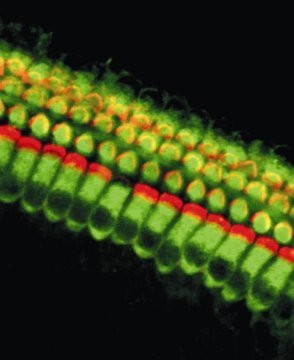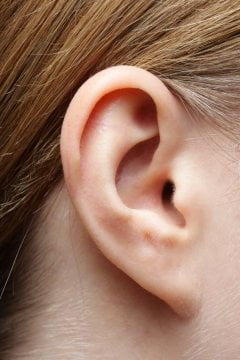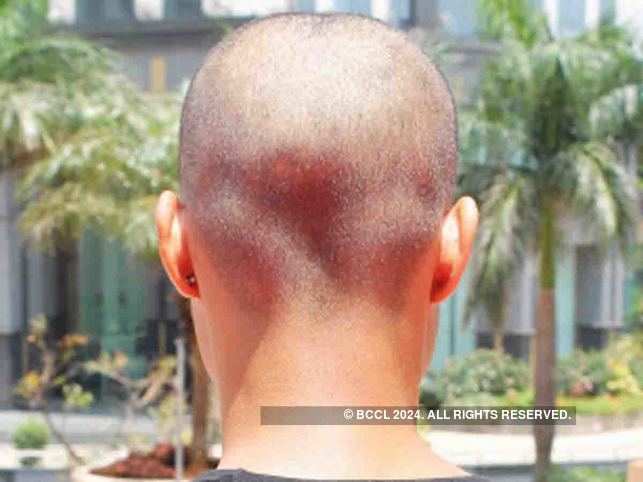
WASHINGTON DC: Hair problems can emerge because of a variety of factors, leading to hair growth and baldness, says a new study.
Researchers now have found a method that could be useful for testing the effect of different treatments on hair growth.
The technique, which is described in ‘Scientific Reports’ is based on the finding that when the scalp is lightly pressed on a region containing healthy hair follicles, a steady magnetic field — which can be measured with what is called a magnetoencephalogram or MEG — is produced over that region.
Through the use of a helmet-shaped MEG that measures the activity of hair follicles over various locations around the scalp, researchers could create maps of the electrical activity of individual study subjects.
Such maps were made for 15 healthy control participants including five females and two participants with a hair loss condition called alopecia.
The maps for participants with alopecia showed no signals of electrical activity at locations that were pressed, whereas the maps for other participants showed electrical activity of varying degrees.
The magnetic method was used because surface voltages are too difficult to measure, and the follicle signals can only be observed magnetically.
“What we have here is a quantitative way to see the activity of hair follicles. As far as we can tell, this is the first time the electrical activity has been measured from the follicles themselves,” said senior author David Cohen, PhD, an investigator in the Department of Radiology at MGH.
“This method provides a quantitative and objective assessment for the health of hair follicles and can be used as a biomarker for the treatment of hair loss,” said lead author Sheraz Khan, PhD, also an investigator in the Department of Radiology at MGH.
Cohen is the inventor of MEG and has been a leader in the field of biomagnetism for more than 50 years. Recently, MGH’s Athinoula A. Martinos Center for Biomedical Imaging named its MEG facility as the David Cohen MEG Laboratory.
[“source=economictimes”]

